| Home | | | Blog | | | Guestbook | | | Contact |
Blog
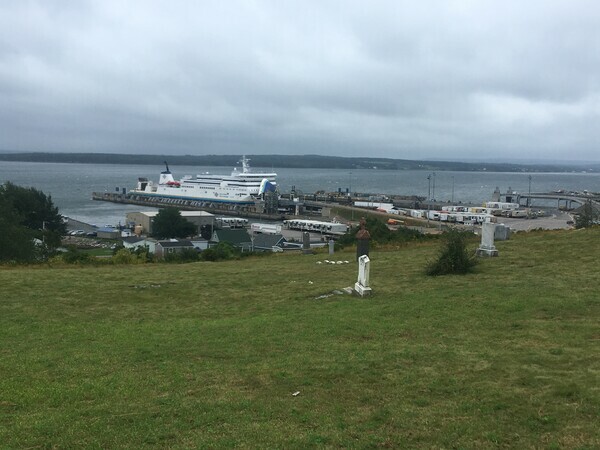
The early morning ferry to Newfoundland.
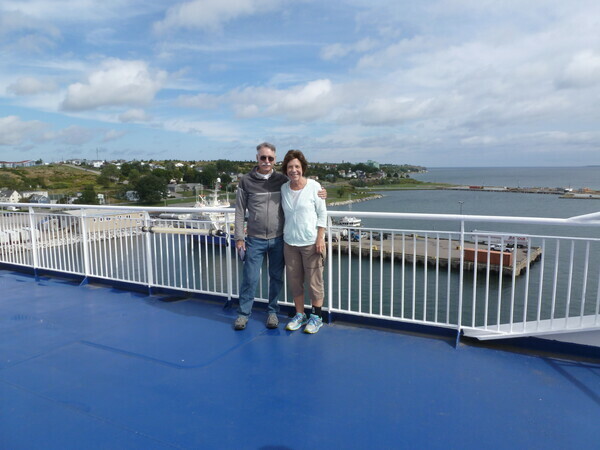
On the ferry to Newfoundland, at last!
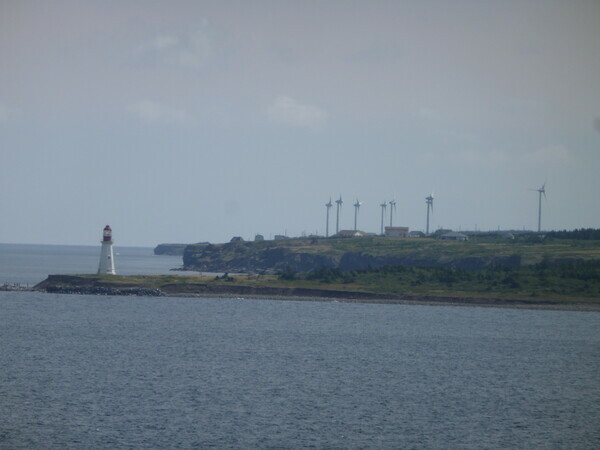
Leaving the harbor in Nova Scotia.

Dinner on the way over.
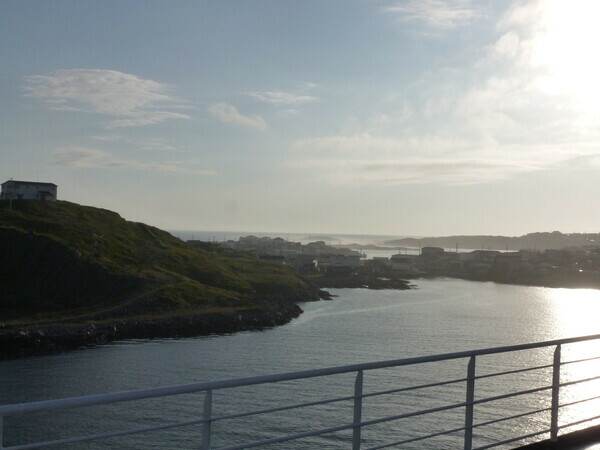
Approaching Port aux Basques, Newfoundland. As you can see even the incoming light seems different, more horizontal then vertical. It seems to have a silvery shimmering glow. Right away you know you are somewhere unlike any place you have ever been. There is magic in the air!!!
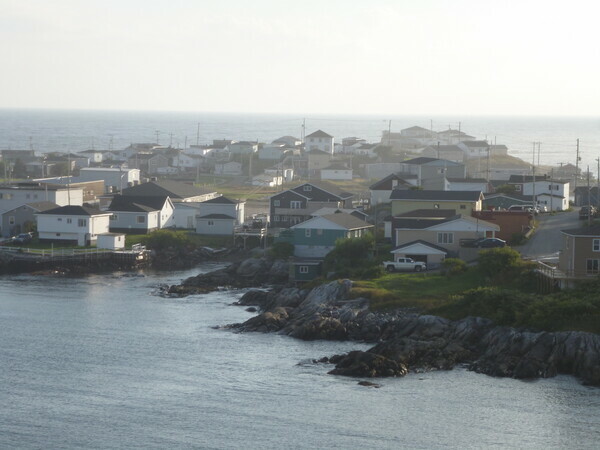
Part of the town of Port aux Basques. This is a typical but rather large fishing village. We have never explored it because we don't get to NFL until the late afternoon and we are rushing to get to the campground before dark. Someday we will take the time to explore it!
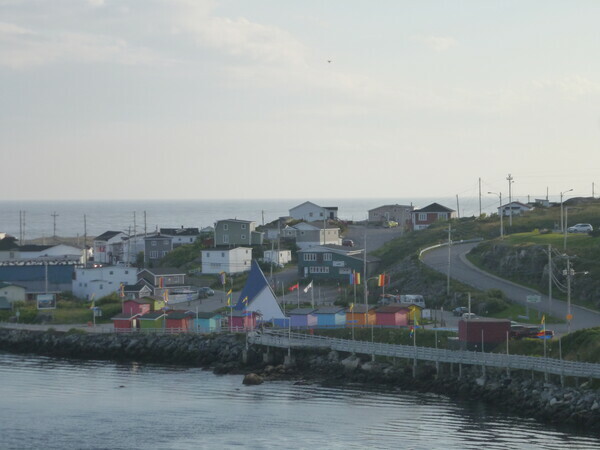
Something that identifies NFL are the "jelly bean houses". They are brightly colored and so cheerful. The capitol city of St. John's is alive with jelly bean houses. I am sure it makes people feel better during the long hard winters.
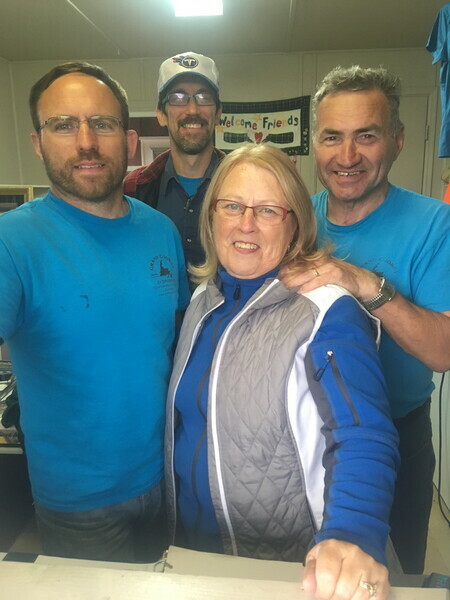
Here are our friends Alice and Dennis the owners of the Grand Codroy camping park. Their son Jason on the left and handyman Phillip in the back. Alice is the unofficial NFL greeter. She practically runs out to your car, opens her arms and says "Welcome to Newfoundland!!" She helps you get your feet on the ground, get orientated and then sends you off for many an adventure. She is an angel and is loved by all.
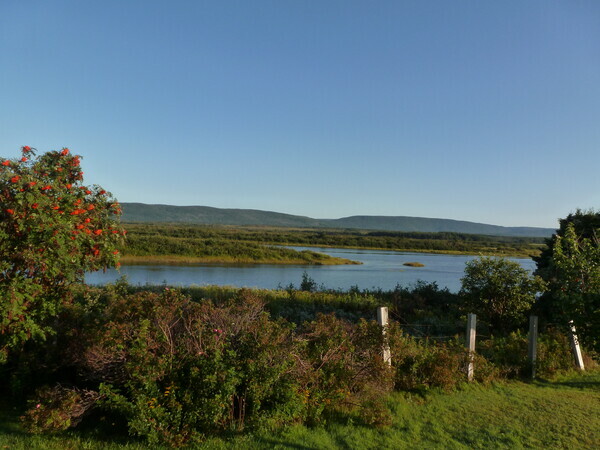
First stop is Grand Codroy RV Park, run by our friends Alice and Dennis. This is a view from our campsite.
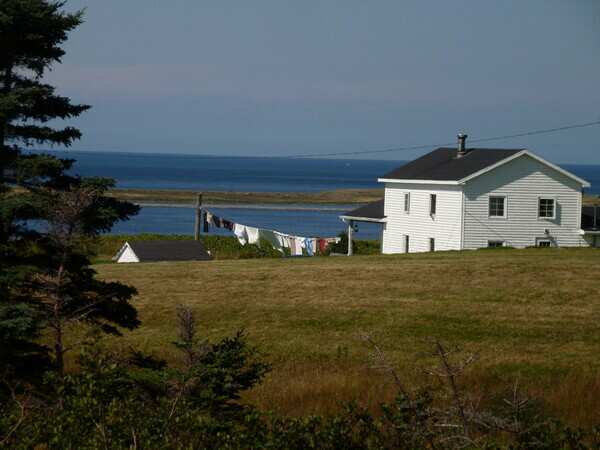
We stayed two days in the area and drove around the valley. Another typical view in NFL are the clotheslines waving clothing with the ocean in the background.
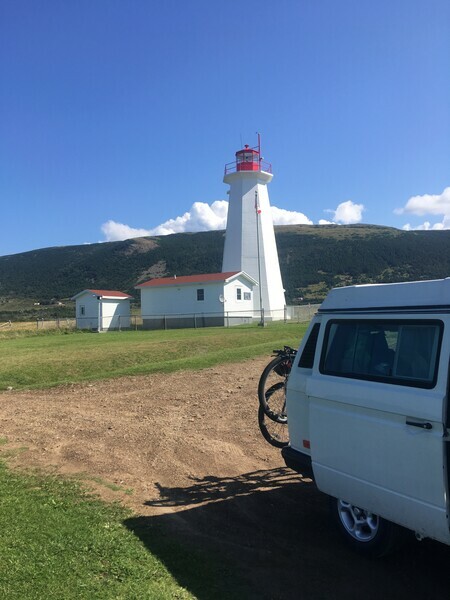
The lighthouse at Cape Anguille in the Codroy Valley. We walked along the shoreline and explored.
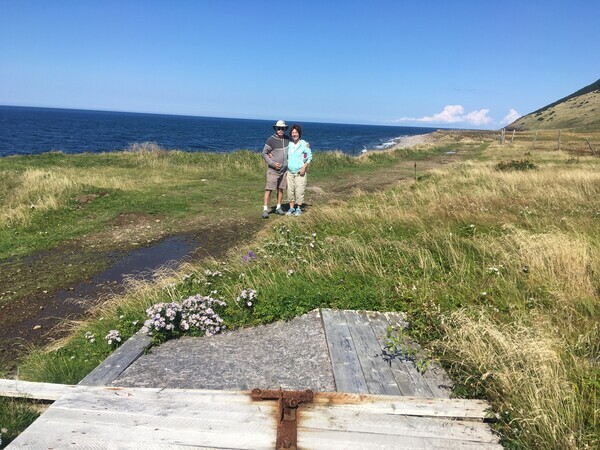

The rugged coast of Newfoundland has many wrecked boats.

Tuckamores, where the wee folk live! The elves and fairies are known to inhabit these holes and cavities.
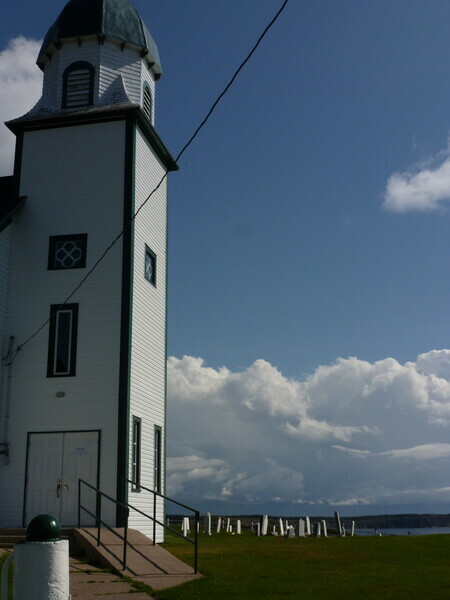
Codroy Holy Trinity Church near the lighthouse. The original was destroyed by a tornado so strong that there wasn't even an original stick left. This new one was built stronger shortly after 1900.
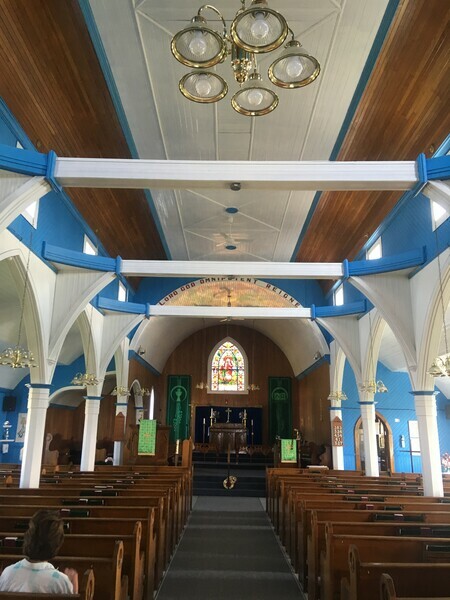
The interior. Note the strengthening beams. It is still standing!!

It is so very peaceful.
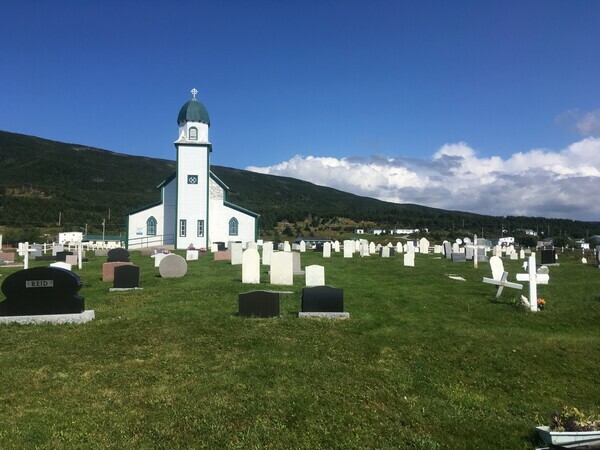
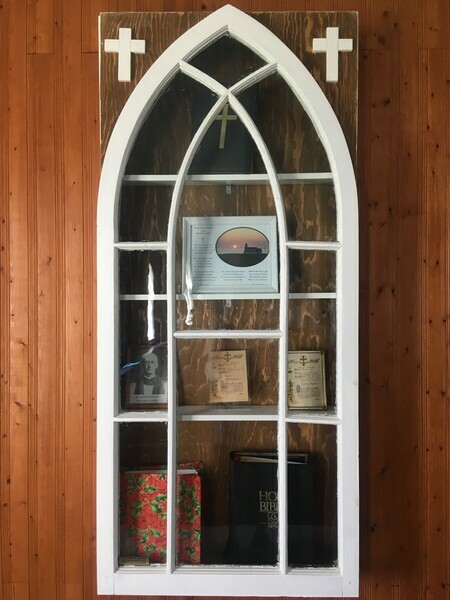

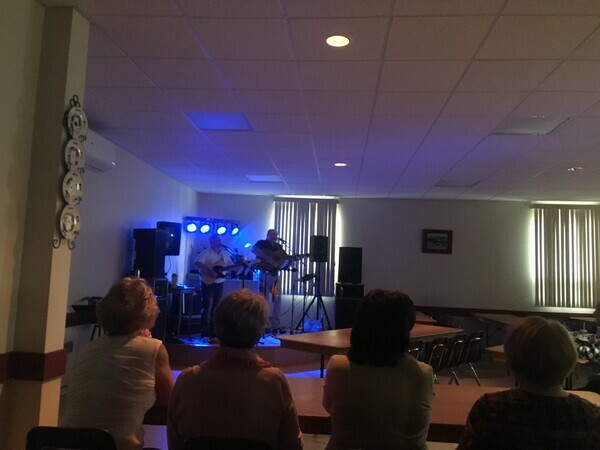
Alice took us and a couple of other campers to hear a country-western group at St Anne's church one evening.
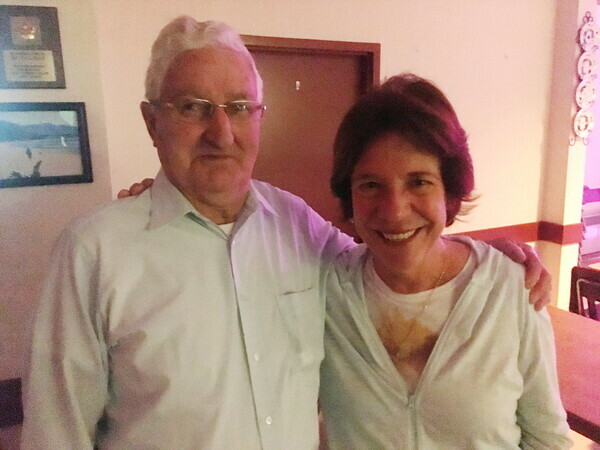
We met Jimmy there. He thought there was going to be a dance there that evening, because he loves to dance. His 82nd birthday was a couple of days earlier so we gave him a CD of "Come from Away". He offered us the use of his house if we come back in the summer. The only fee would be to dance with him!!
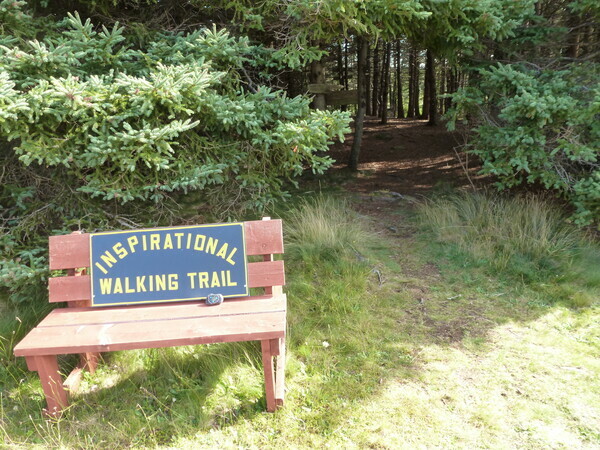
At Alice's campground, they have made this inspirational trail through the woods. Along the way are signs with sayings on them. It is about 1/2 mile and wanders through the woods with little bridges, streams, and magic.
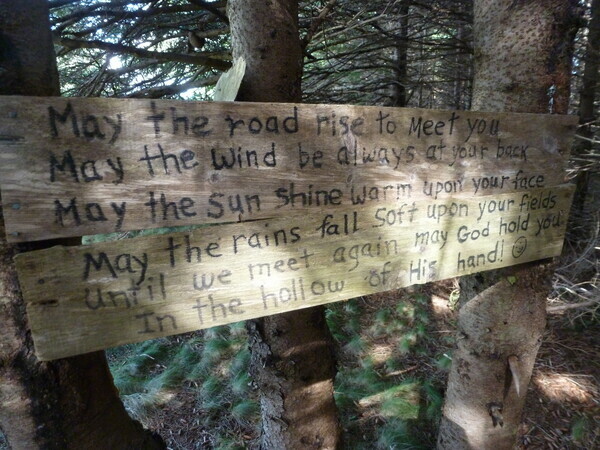

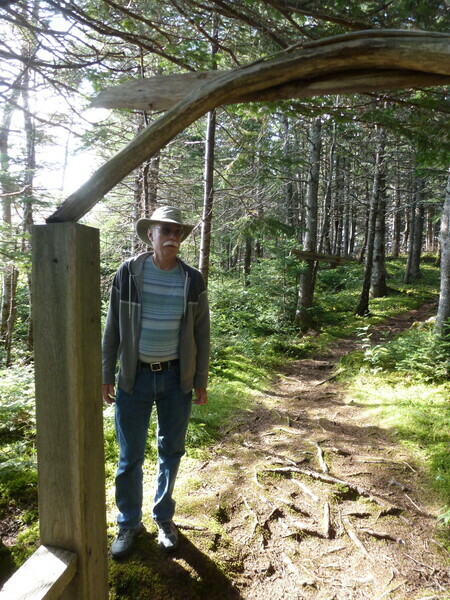
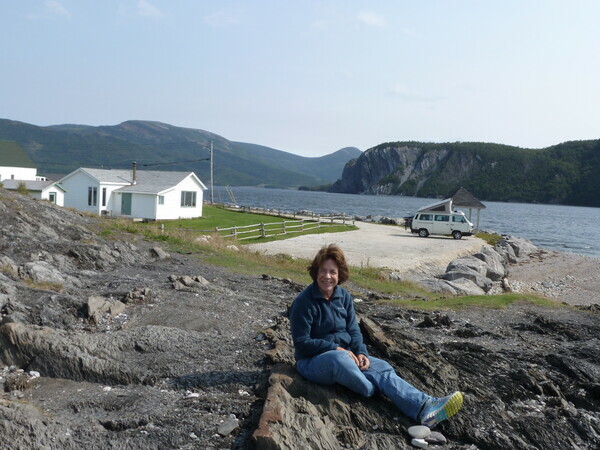
We then headed to Gros Morne National Park. Nearby, at Bonne Bay, we had lunch when...

...the National Geographic Explorer ship sailed into the bay. The ship provides tours to all parts of the world.

Nearby is the Bonne Bay Marine Station where ocean research is done. They have a public display that we went to. It was lucky for us that the National Geographic Explorer had arrived because the station is usually closed on Mondays but they opened it for the ship's passengers. We got to see and hear about various local ocean inhabitants like this blue lobster!
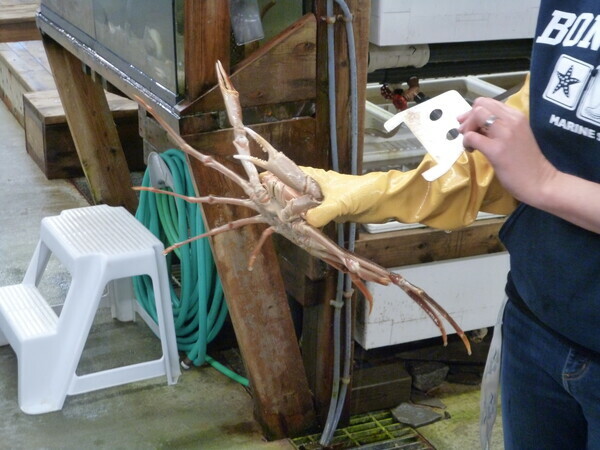
Crabs,
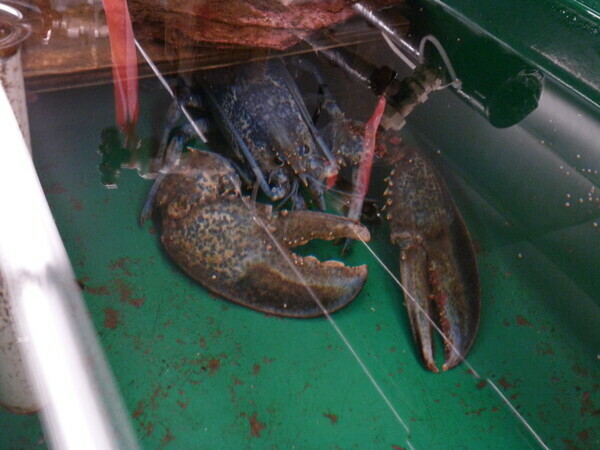
lobsters, this one had four claws but they are hard to see and...
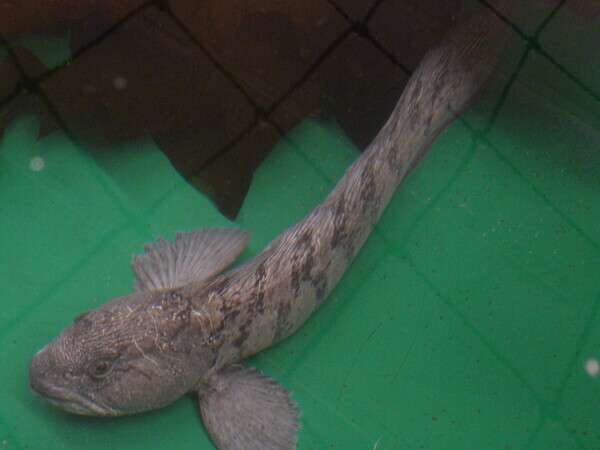
...a Wolf Fish.
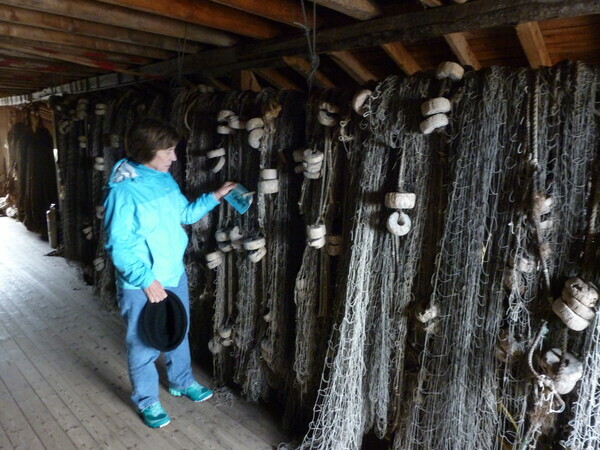
Fishing nets in the work shed.
At Broom Point we heard about how families would come from Rocky Harbor to spend all summer fishing. There was a little house for the three families, including four children. They spent all their time fishing and processing their catch for market. Cod was soaked in brine and then dried for a week. If it rained, they had to bring them in and then put them back out when it stopped. Cod can be dried because they have no oil in them, except the liver. Salmon had to be canned raw and then cooked for several hours.
The person telling us these stories was a fourth-generation fisherman. He still goes out in his boat every morning to check his lobster traps and then comes back for his Parks Canada job telling us the history. Since the fishing families had claimed these spots on the coast sometimes for six or seven generations, when the National Park took over, the fishing families retained rights to the land, beyond those of the Park.
Next, further up the peninsula...